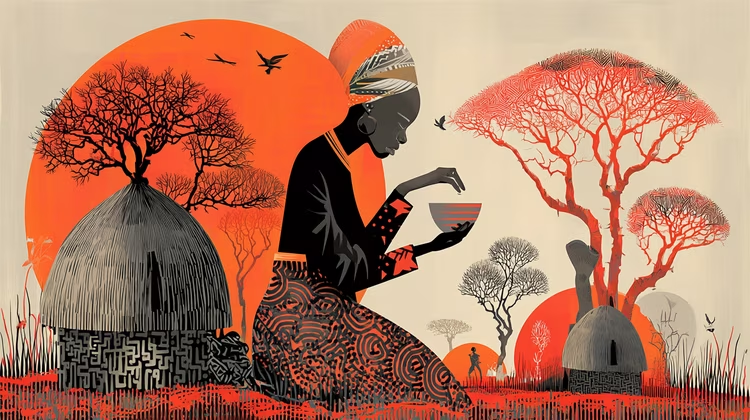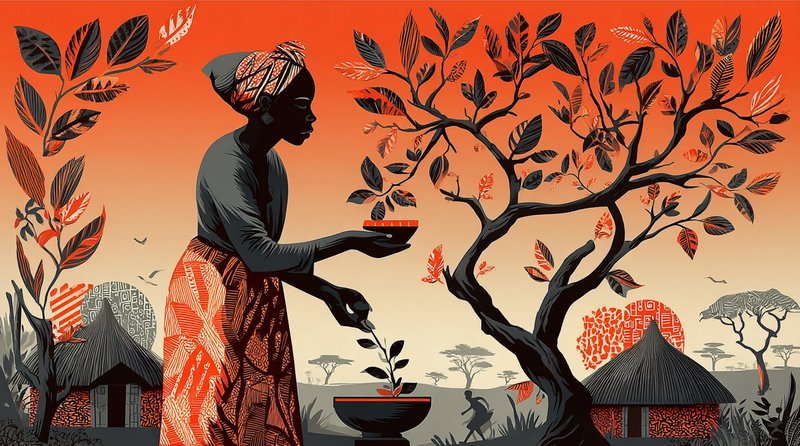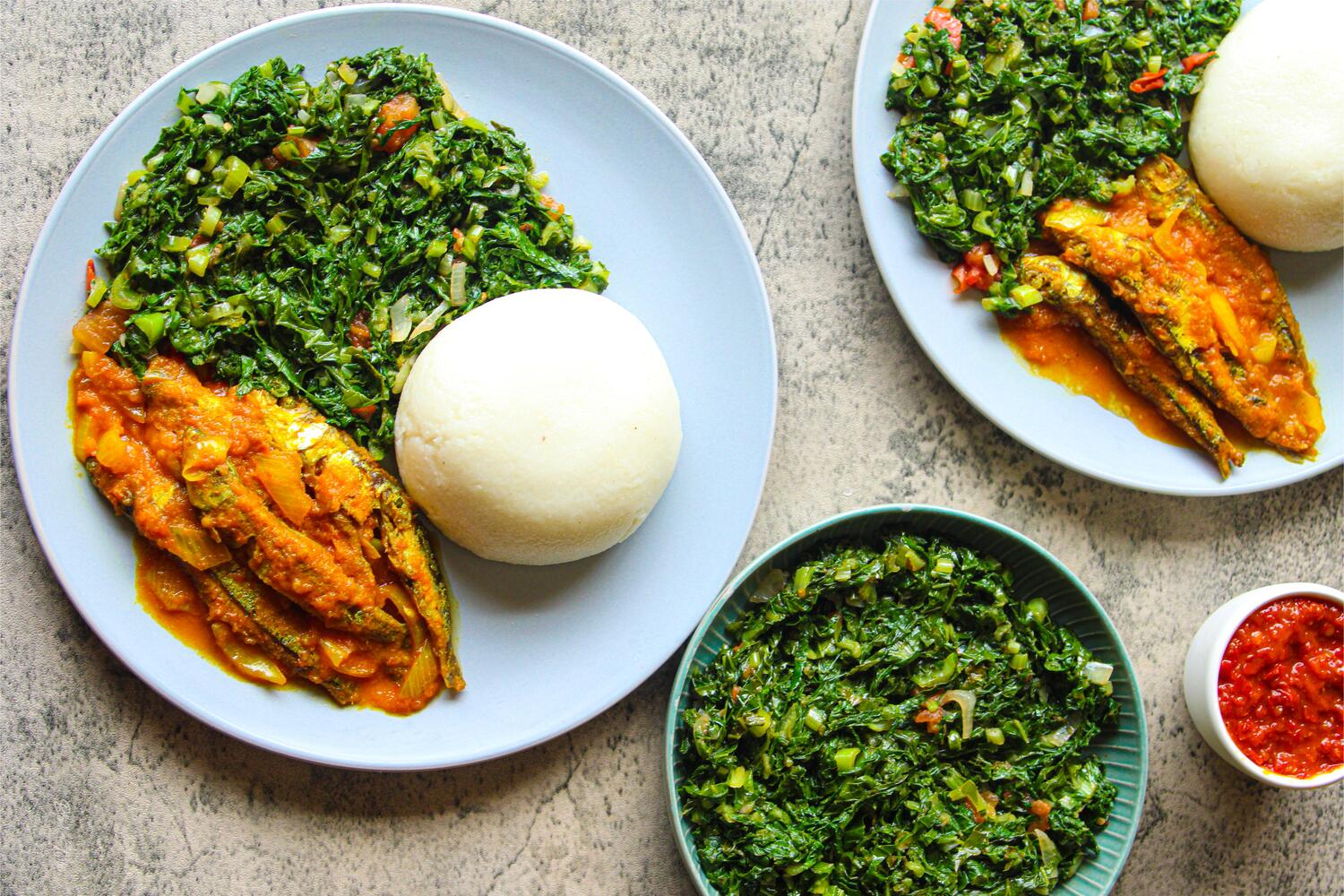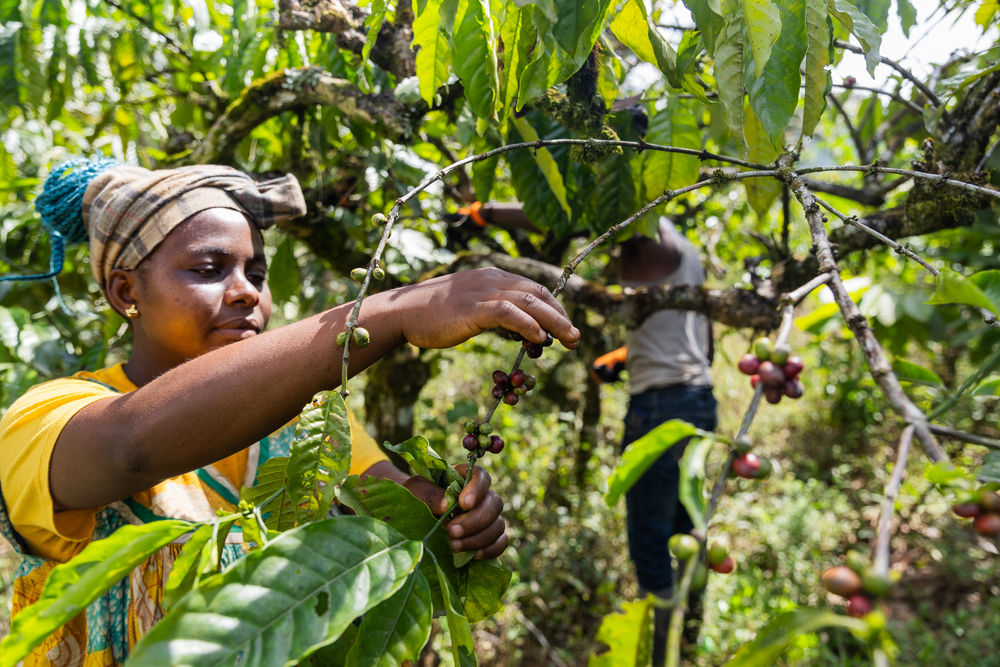From grandmothers’ pain relief to whispered bedroom secrets, Nsunko is more than just powdered tobacco—it’s a cultural cornerstone in Zambia. But behind its traditional charm lurk hidden dangers. Dive into the dual world of this age-old remedy, where healing meets risk, and tradition clashes with modern health warnings.
One chilly afternoon, I found myself sitting across from my grandmother on her verandah, sipping some warm Kawambwa tea. We talked about everything and nothing, and I casually mentioned to her that I’d been struggling to shake off a persistent cold. She smiled at me knowingly and said, “Nabwela mwanangu” (I’ll be right back, my child). Then, without another word, she disappeared into her antique home. Moments later, she returned holding a tiny, worn-out container.
She opened it and held it out to me with a grin. “Have you heard of this? It’s called Nsunko.” she said. The name rang a bell; I’d heard of it before from some of my patients at the hospital, many of whom had mentioned it casually when I’d asked about any habits they’d like me to know. Whether it was a quick sniff or a pinch tucked under the tongue, it always came up in conversations about their daily routines or pain relief rituals.
So, I asked her, “What’s it for, ambuya?” She laughed and said, “You may be a doctor of the wards, but we old people are from a greater hospital.” She went on to explain that its use varied across cultures. But in our family, it had pain-relieving properties that she, and those before her, swore by. And that opened a door to a whole other world I hadn’t fully appreciated before.
What Is Nsunko?
Nsunko, commonly known as snuff, is a form of powdered smokeless tobacco. It’s finely ground and typically brownish or reddish, often stored in small containers and carried everywhere by its users. It’s not always just tobacco; it can also contain other ingredients like ash, herbs, spices, and often cannabis, depending on where it comes from.
Its use is far more widespread in Zambia than one might assume, especially among the older population. Whether it’s sniffed through the nose, tucked under the tongue (sublingual), or used intravaginally (quite common among young women), nsunko has taken on many cultural meanings and medicinal associations over the years. A pain reliever for the elderly, a tonic for the youth and a medium to spiritual dimensions
Among the elderly, like my grandmother and many of her peers, nsunko is valued primarily for pain relief. Most don’t use it as a stimulant in the way many people consume tobacco. For them, it’s medicine. A daily companion that helps them manage the aches and pains of old age. But among younger users, especially women, its use is often tied to very different beliefs. Some claim that intravaginal nsunko use enhances sexual pleasure, tightens the vagina, or heightens desire. This belief has become so popular that the product is often marketed as an aphrodisiac in informal markets, among the array of “bedroom sweets”. It’s not uncommon to hear whispers about it in beauty salons or at bridal showers, sometimes passed down with giggles and secrecy, sometimes with open endorsement.

Beyond its medicinal and recreational uses, nsunko also carries deep spiritual and cultural significance in many African communities. In certain traditions, it is believed to aid communication with ancestors during rituals or times of distress. Some people will even blow or sprinkle snuff onto the ground as a form of offering or connection to the spiritual world. While my grandmother didn’t mention this dimension directly, it adds yet another layer to the story. Nsunko isn’t just a home remedy or a cultural habit. For many, it’s also a bridge between the living and those who came before us. In that way, it’s not only about pain relief, but also about memory, legacy, and identity.
The Health Risks of Nsunko Addiction
Despite its deep roots in Zambian society, nsunko is not without risks. Several studies, including those from the World Health Organisation, have raised concerns about the harmful substances found in smokeless tobacco products like nsunko. These include tobacco-specific nitrosamines, carcinogens linked to various cancers, and other toxic compounds.
Intravaginal use, in particular, has been linked to a higher risk of cervical cancer and infections, especially when nsunko is combined with ash or other abrasive substances. Yet, because it’s so ingrained in cultural and traditional knowledge, these risks are often overlooked or dismissed.
Dependency is another pressing issue. Though many users view it as a harmless home remedy, nsunko contains nicotine and can lead to dependency. What starts as occasional use can become a frequent, even compulsive habit.
Why Nsunko Is Still Here and Why It Matters
Like many traditional practices, the use of nsunko sits at the intersection of culture, medicine, and personal experience. It’s not just about what’s in the powder; it’s about what it represents. A grandmother’s wisdom, generations of inherited knowledge, a way to cope, to heal, or even just to feel better.
Yet, as with all folk remedies, weighing its benefits against its risks is crucial: its uses, its risks, and its place in the broader health conversation.
Nsunko isn’t going anywhere anytime soon. Whether tucked under a tongue or sold in backstreet markets, it remains a powerful symbol of cultural identity. But as more research surfaces and more voices speak out, there’s room now to talk not just about what it does, but what it means, and how we can approach it with both respect and awareness.
And back to the offer I got from my gran, let’s just say my cold is gone.








